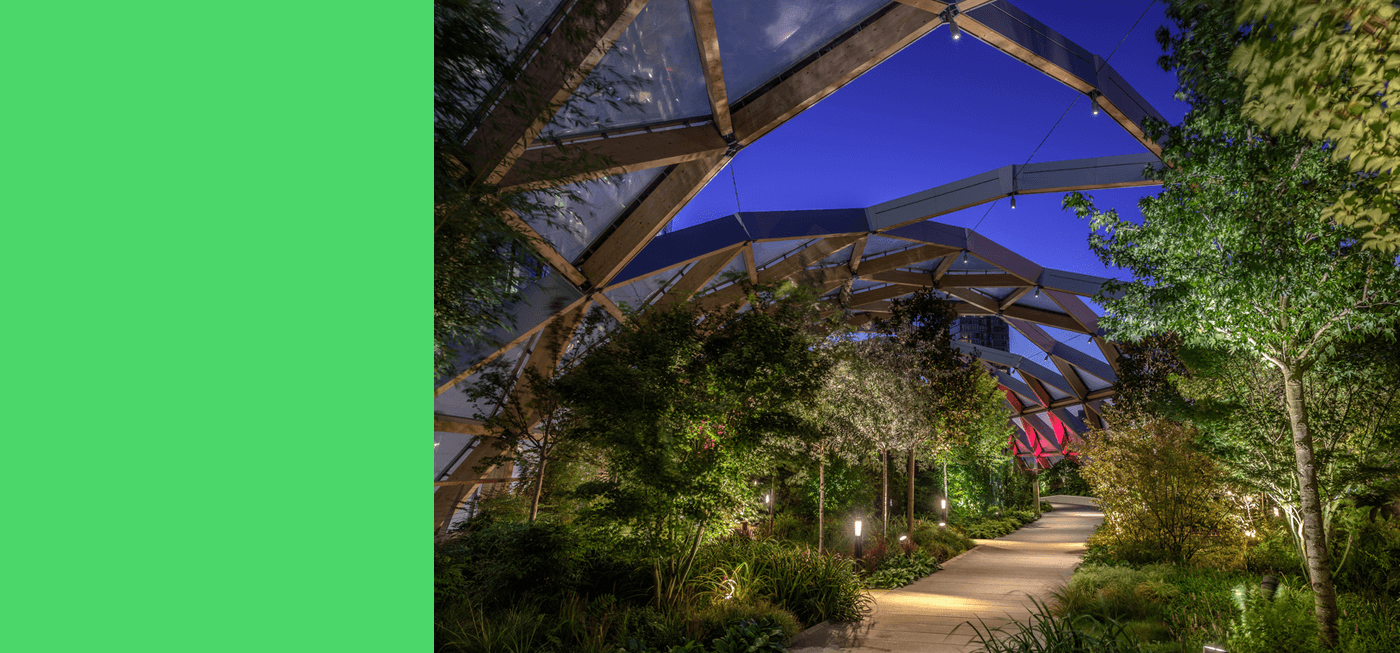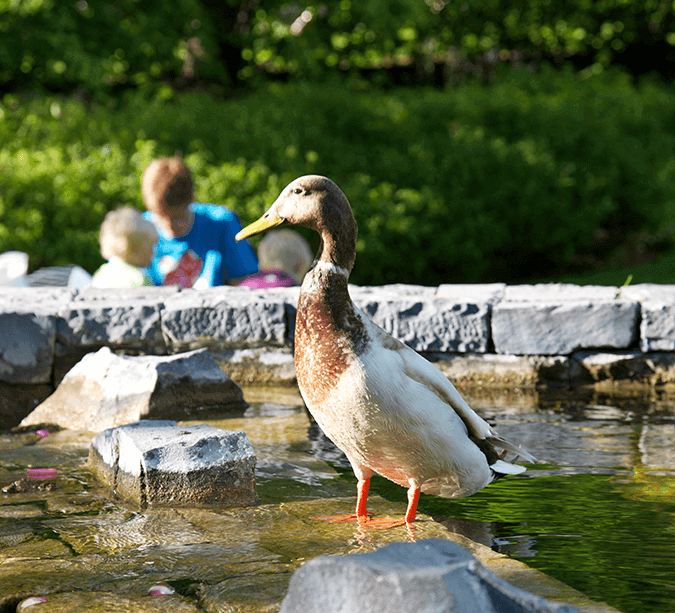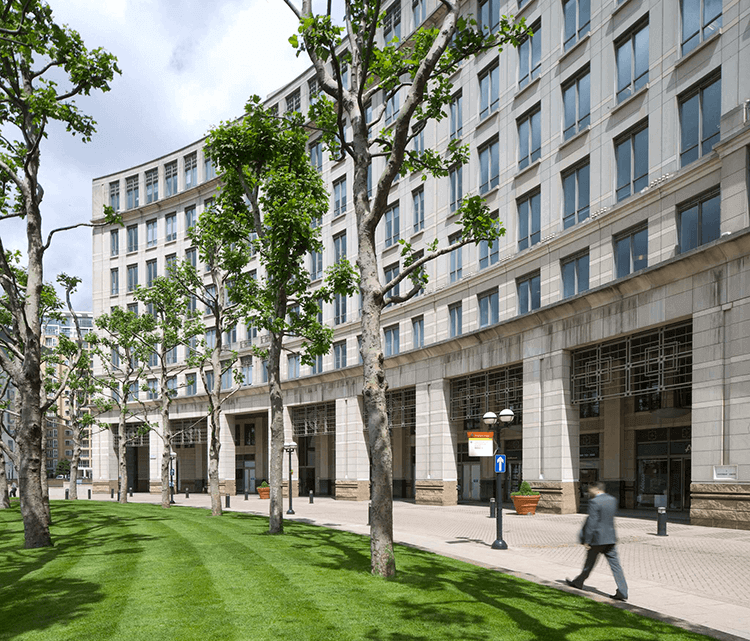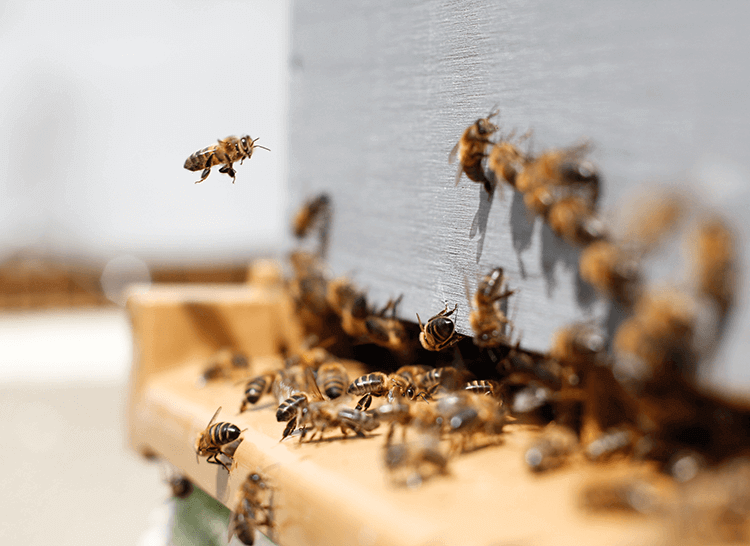Encouraging biodiversity
Attractive Spaces For All
If you think we are all about buildings, think again. The Canary Wharf Estate forms an integral part of the Thames Gateway, and biodiversity is embedded throughout – in our designs and in our whole philosophy of positive placemaking.

Biodiversity is a priority in current and future developments. Through time, our urban design has created a suitable living environment for native and threatened plant and animal species – alongside the thriving commercial world and retail centre of the Canary Wharf Estate.
Our goal is to create safe and healthy ecosystems and amenities within our developments. This helps us provide pleasant and liveable public spaces where biodiversity and leisure meet.

LAUNCHING
OUR
BIODIVERSITY
ACTION PLAN

Biodiversity provides the lungs of our developments. It helps people feel connected to nature and allows wildlife to thrive. In 2018, we released our Biodiversity Action Plan (BAP) – a progressive, ten-year strategy to help us maintain a healthy ecosystem.
Stakeholders, including organisations such as the RSPB, Bat Conservation Trust and local authority partners have been consulted on our Plan (which is aligned with the London Plan, due to launch in 2019). Our ambitious three-, five- and ten-year objectives will be reviewed annually so they stay relevant and challenging. Plus, our communications strategy and quarterly progress updates mean external stakeholders and tenants are involved and well informed.
POSITIVE
DESIGNS FOR
LIFE

Biodiversity is central to the design of every building and development we create – from living roofs and green spaces, to improving air quality and supporting wildlife. In 2018, we explored the use of fish walls at One & Five and 10 Bank Street. Scheduled for implementation in 2019, the walls will help rebuild the habitat of the fish that live in the docks, ensuring healthy populations for the future.
A HIVE OF
ACTIVITY
The first resident bee population arrived at Canary Wharf in 2014 – on the rooftop of KPMG’s offices. We joined their pollinator community in 2018 when we installed our first beehives, we plan to install more hives across our developments to create homes for native bees. But our two hives are now home to a growing colony of honey bees.
And we’ve installed a camera so we can see our little friends as they go about their vital work!

STILL LIFE: WILDLIFE PHOTOGRAPHY
To celebrate our love of wildlife, we run an annual wildlife photography competition. 2018 was our best year yet, with over 600 entries. Now in its third year, our competition offers residents, employees, tenants and visitors the opportunity to get up close to the wildlife of Canary Wharf. What’s more, it highlights the variety of biodiversity we enjoy.
As with every year, the standard was exceptionally high. And what better way to show off our local talent and wildlife than with an exhibition of shortlisted entries! All the photographs went on display at the Skybridge gallery on Adam’s Plaza. Finalists were invited to a winner’s reception and awards evening, when each of the five category winners received a Canary Wharf voucher, with an additional voucher for the overall winner, Victoria Jones for her photograph Hitching a Lift.
IMPROVING
AIR QUALITY
We know the importance of air quality on people’s well-being. That’s why we launched a series of initiatives in 2018 to monitor and improve air quality across the Estate. We’ve already installed monitoring areas, which will provide vital feedback and allow us to set baselines for future assessments. We’re also exploring the use of idle-free zones, where all vehicle engines will need to be switched off. Plus, we’re working with local authority partners to make sure our activities are aligned with their own work.